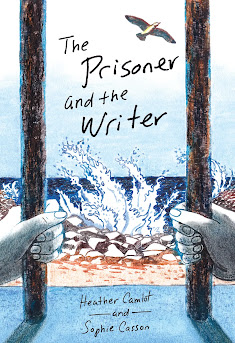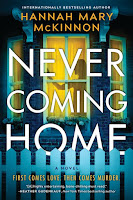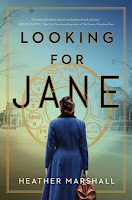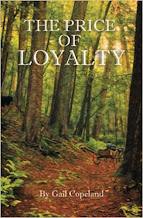Exploring Creative Writing
~ Discovering your creative side
Online: Monday afternoons, 1 – 3 p.m.
January 23 – March 20, 2023
Accessible from anywhere there's internet
Or
In-person: Thursday
evenings, 7 – 9 p.m.
January 26 – March 30, 2023 {No class March 23}
St. Elizabeth’s Church, 5324 Bromley Road Burlington, Ontario {Map here}
This is your chance to take up writing in
a warm, supportive environment. We’ll explore writing short stories and
writing true stories, writing in first person and in third person, writing
technique and getting creative, getting down your very best writing and just
for fun writing.
You’ll get a shot of inspiration every week and an
assignment to keep you going till the next class. Best of all, this class will
provide a zero-pressure, totally safe setting, where your words will grow and
flower.
Fee:
$176.11 plus 13% hst = $199
To reserve your spot, email: brianhenry@sympatico.ca
Writing Little Kid Lit
~ Board Books, Picture Books, Chapter
Books and Middle Grade Novels
Online: Tuesday afternoons, 1 – 3 p.m.
January 24 – March 21, 2023
Offered on Zoom and accessible from anywhere
there's internet
This course is for adults {or teens} interested in writing Picture Books,
Chapter Books, or Middle Grade books. Accessible for beginners and meaty enough
for advanced writers, we’ll focus on helping you develop your own writing
projects. Through lectures, in-class assignments, homework, and feedback on
your writing, we’ll give you ins and outs of writing for younger readers and
set you on course toward writing books kids will love and parents will buy.
We’ll have two published children’s authors as
guest speakers {to be announced}.
Fee: $176.11
plus 13% hst = $199
To reserve your spot, email: brianhenry@sympatico.ca
Writing Personal Stories
~ A wealth of writing and sharing
Offered at two times:
New: Online: Monday evenings, 6:30 – 8:30
January 30 – April 3, 2023 (No class March 27)
Online: Wednesday evenings, 6:30 – 8:30,
January 25 – March 22, 2023
Offered on Zoom and accessible from anywhere
there's internet
If you've ever considered
writing your personal stories, this
course is for you. We’ll look at memoirs, travel writing, personal essays,
family history ~ personal stories of all kinds. Plus, of course, we’ll
work on creativity and writing technique and have fun doing it.
Whether you want to write a book or just get your
thoughts down on paper, this weekly course will get you going. We'll
reveal the tricks and conventions of telling true stories, and we’ll show you
how to use the techniques of the novel to recount actual
events. Weekly writing exercises and friendly feedback from the instructor
will help you move forward on this writing adventure. Whether you want to write
for your family and friends or for a wider public, don't miss this course.
Sue Williams author of the memoir, Ready to Come About will be our guest speaker for these courses.
Fee: $176.11
plus 13% hst = $199
To reserve your spot, email: brianhenry@sympatico.ca
Instructor Brian
Henry has
been a book editor and creative writing instructor for more than 25 years. He
publishes Quick Brown Fox, Canada's most popular blog for writers, teaches
creative writing at Ryerson University and has led workshops everywhere from
Boston to Buffalo and from Sarnia to Saint John. Brian is the author
of a children's version of Dr.
Jekyll and Mr. Hyde. (Tribute
Publishing). But his proudest boast is that he’s helped many of his
students get published.
Read reviews of Brian's various courses and workshops here (and scroll down).
See all of Brian’s upcoming weekly writing classes, one-day
workshops, and weekend retreats here.

.jpg)


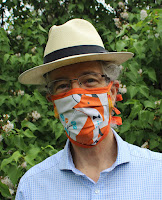







.jpeg)



